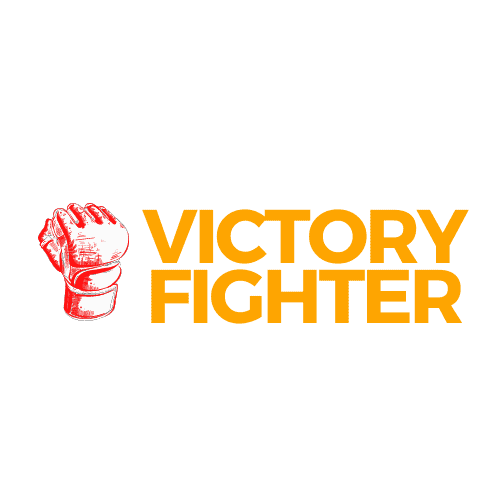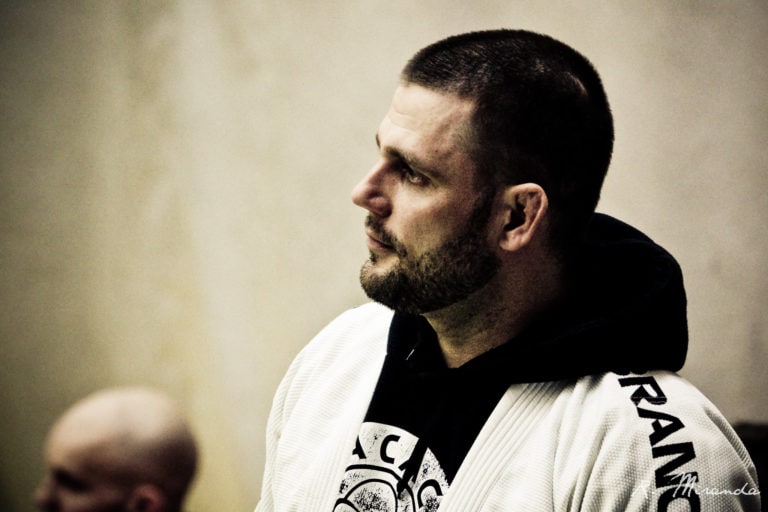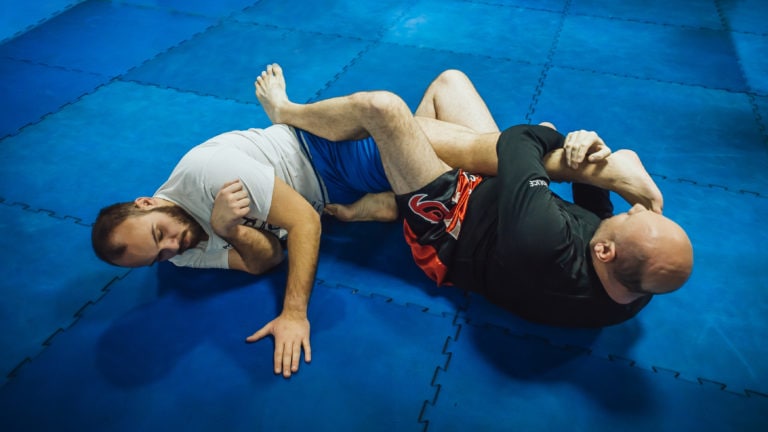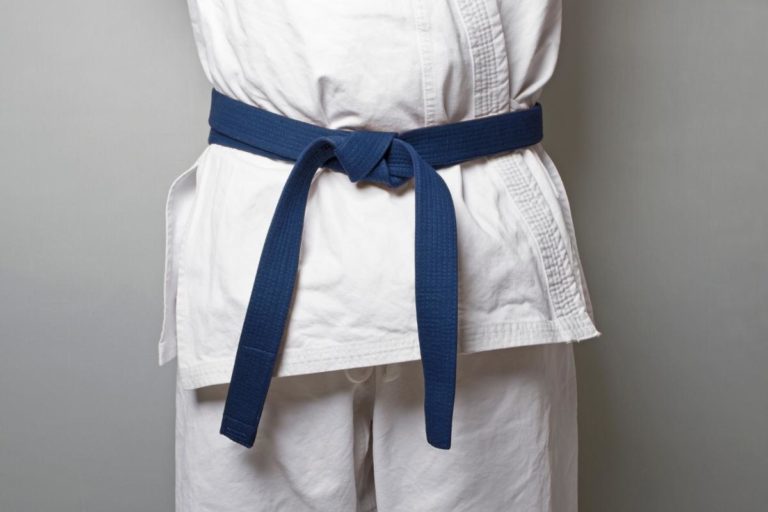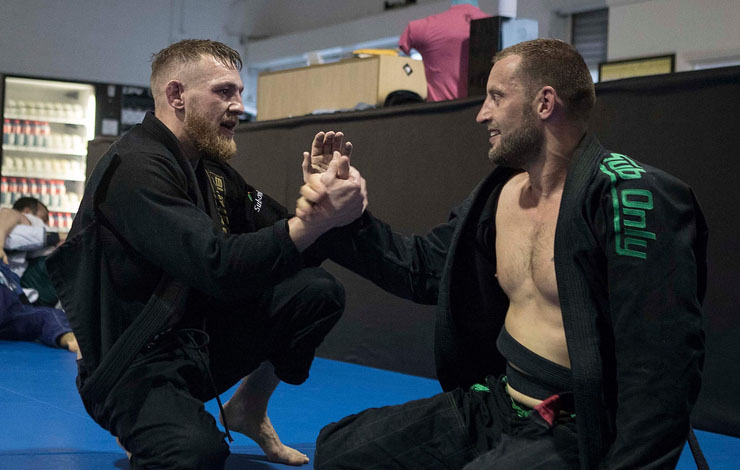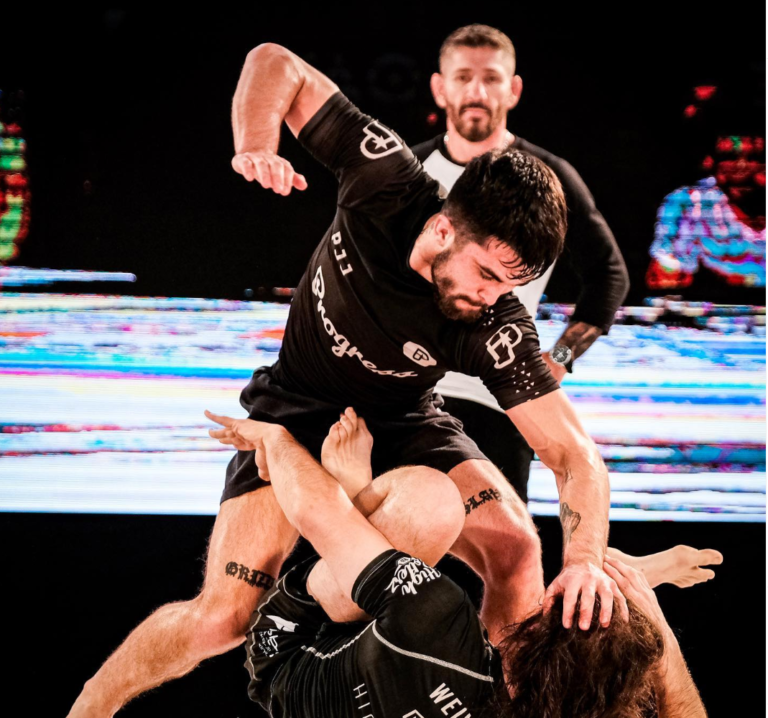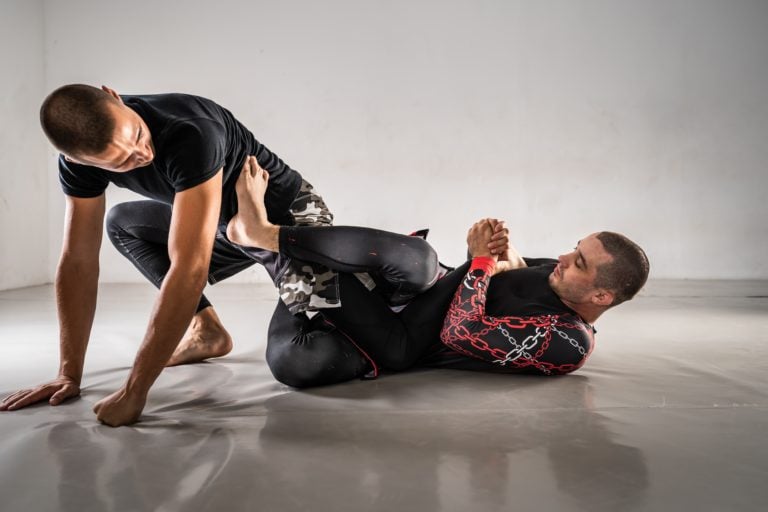How Long Does It Take To Get a Black Belt in BJJ?
The rank of black belt in BJJ is by far the most challenging to achieve among all martial arts. Practitioners must endure long and hard years of training in order to move through the ranks and attain the most respected belt in the world of martial arts; therefore, the dropout rate is high.
Acquiring a black belt in any martial art is something that takes a considerable amount of time and dedication. When it comes to Brazilian Jiu-Jitsu, to get a black belt, the average practitioner must dedicate at least 10 to 15 years to perfecting the art form.
The BJJ belt system consists of only five belts: white, blue, purple, brown, and black. Black belt is a truly elite status in every way, only a handful of people who train reach this rank. It takes almost the same amount of time to receive a purple belt in BJJ as it does to receive a black belt in any other martial art.
Taking all of the aforementioned facts into consideration, we will discuss how to receive a black belt in less than 10 years, how many black belts there are, and what it truly means to carry that rank as well as what comes after it.
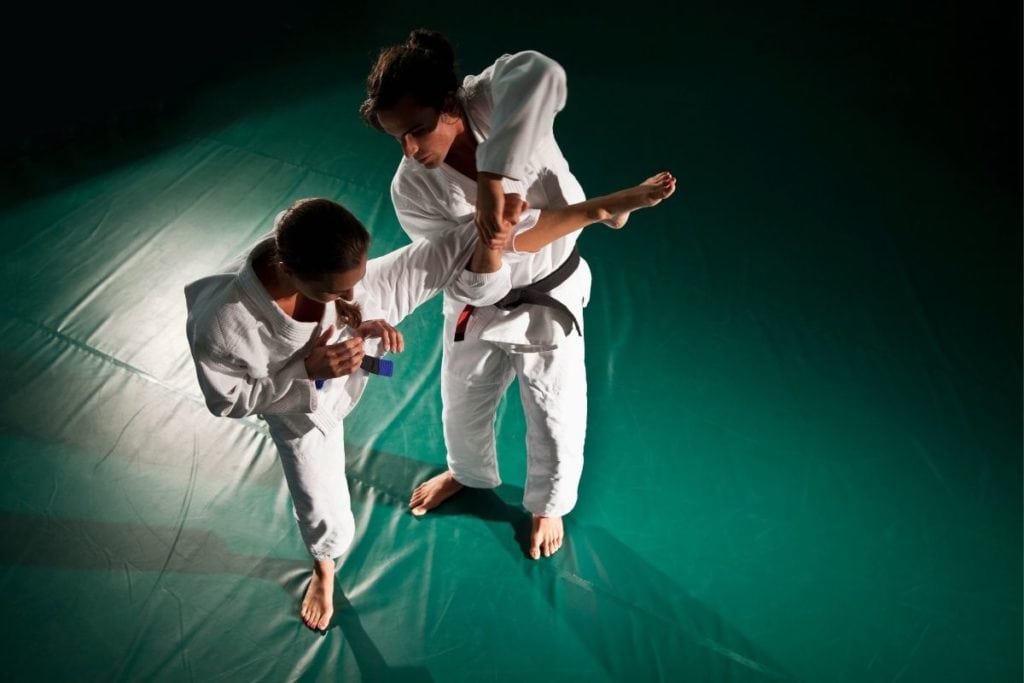
The Road To Black Belt
When the practitioner takes his first steps on the mat, he is only a white belt with a long road ahead of him. It is only through consistency and dedication to the art form that he will move on and get promoted to blue, purple, brown a finally black belt.
Various factors will influence how long the practitioner will spend at each belt before acquiring the status of black belt. Let’s take a detailed look at those factors:
- Consistency
First of all, this should be the most obvious factor. How many times per week the practitioner will train depends solely on him and his goals. Practitioners who do BJJ as a hobby and do not have to compete in mind can train 2-3 times per week and still be eligible for a black belt in 10 years.
However, competitors that train 4-5 times a week are a different breed. Since they train more, they will develop their skills faster than hobbyists. The most important thing is for practitioners to not compare with each other since everybody is different.
Your overall skill development will be influenced most by how much you train. In class and through other sources, such as instructional videos, students practice the techniques taught. Besides, regularly training helps you become a dedicated resource at your academy, and as you progress you may become an instructor or coach.
- Competitions
Brazilian Jiu-Jitsu competitions are very different from regular sparring. Through competing the practitioner is able to test his skill against other people that he has never rolled with, and as a result, he can get a better picture at which level he is compared to people from other academies.
Being a good competitor is surely beneficial to moving up faster through the ranks as it is a sign that the practitioner is committed to the art of BJJ. On the contrary, it is not uncommon for instructors to delay promoting practitioners in order for them to continue dominating their divisions and bring gold medals.
- Skill
Every practitioner’s progress is different. Some people can take longer than others to learn and implement a technique. On the other side, people who have a background in other martial arts such as Judo or Wrestling or just have a sense for BJJ will naturally progress faster.
Therefore, they will spend less time holding the same rank. At the end of the day, it is vital that the practitioner takes time to develop the necessary skills and techniques that are characteristic of the belt they carry.
Upon fully learning and knowing when to execute the moves that are characteristic of the belt they carry, the practitioner signals to his instructor that he is ready for promotion.
- Dedication
Competing and regularly showing up to train is perfect for getting a black belt faster. However, time spent watching BJJ matches and instructional DVDs is also vital for growing as a practitioner.
Actively keeping up with the BJJ community, watching matches, and trying out new techniques learned from instructionals are ways of signaling how dedicated someone is.
- Instructor
Belt promotions are different in every academy. Naturally, practitioners that train with world-class instructors can attain their black belt faster.
However, some instructors have higher criteria for belt promotions than others. As a result, this has led to blue and purple belts dominating brown and black belts.
For example, professor John Danaher, a highly renowned professor in BJJ that has bred some of the world’s best grapplers, does not hand out belts easily. Receiving any belt from him is an achievement of its own due to his standards.
Implementing all the factors mentioned above can be hard on the average practitioner that has a job and a family to take care of. For him, just constantly showing up to practice is key to achieving a black belt.
The practitioner who can dedicate himself fully to BJJ by training 4-5 times a week, competing, and watching DVDs will surely become an instructor first and be awarded his black belt in less than 10 years.

How Many BJJ Black Belts Are There?
There seem to be more and more Brazilian Jiu-Jitsu practitioners and black belts every minute, so it’s hard to say how many BJJ black belts there are. There are a lot of black belts since a lot of people take on BJJ as it is evolving faster compared to before.
More than 4,000 black belts are listed in the database of the International Brazilian Jiu-Jitsu Federation (IBJJF). Finding out the percentage of black belts enrolled versus those who are not is not an easy task.
Even though achieving a black belt in BJJ is a great accomplishment, it is not always documented as it is not like receiving a college degree.
Even if only one black belt in ten is registered, there are more than 40,000 black belts within the IBJJF. If black belts from other schools are included, this number could triple, bringing it to 120,000.
Moreover, Rener Gracie has said that only 10% of practitioners that have taken up BJJ will ever make it to blue belt. On top of that, only 1% makes it to black belt; therefore, only 1 from a thousand white belts only attains a black belt in BJJ.
The IBJJF does its best to document every academy and black belt, but it is very challenging. As a result, many academies and black belts are undocumented, leaving us only to assume how many black belts there actually are in the world.
One thing is for certain, there are far fewer BJJ black belts in comparison to any other martial art.
The Rank of Black Belt
It is the highest level of achievement in all martial arts to obtain a black belt. The same applies to BJJ. Black belt students have the highest level of knowledge and skill. As such, he is more than qualified to teach students.
Black belts do not merely know how to perform the moves; they know why they are effective. In other words, he understands the principles behind the movement. This includes concepts such as leverage, body control, and mechanics.
As a result of his deeper knowledge, he makes for a far more compelling teacher than someone who merely recounts a series of moves. Furthermore, he can design his own tailored jiu-jitsu game based on such knowledge.
Quickest Black Belt Promotions
Taking into account the average time for a person to receive a black belt, there are people who have received it much quicker. The natural question one might ask is how? Well, some people are just naturally gifted prodigies while others have an extensive background in related martial arts.
The U.S.A Judo Olympian, Travis Stevens, received his black belt from none other than the famous John Danaher after only 18 months. However, he is no shape and form a regular BJJ practitioner. He is an elite world-class judoka and BJJ came naturally to him due to his Judo background.
On the other hand, multiple world champion, Caio Terra, was given his black belt by Reyson Gracie after only 3 years of training and has won everything on the local Brazilian scene.
Finally, BJ Penn is thought to have earned the quickest legitimate black belt of all active Brazilian Jiu-Jitsu practitioners in under 3 years of training. BJ Penn was only 21 when he dominated the black belt division in the 2000 world championship. He received his black belt from Andre Pederneiras in 2000.
There are just 3 people from a long list of BJJ prodigies that have earned their black belt really quick.
What Comes After Black Belt?
Jiu-jitsu does not have a resting place. Even though black belt is the highest common belt, the student does not stop learning following this belt. The learning never ends. Certainly, new techniques are developed every day.
It is rare for practitioners to quit after the ascent to black belt is over, but not uncommon. After 10 years, BJJ becomes a vital part of life. In terms of progression, there is still a long road ahead. Since BJJ is a martial art that can be practiced even in old age, practitioners continue to practice it.
Promotions after black belt come in the form of 6 degrees that follow. After the 6th degree comes the 7th red & black coral belt and the 8th-degree red & black coral belt with a 9th-degree red belt being reserved “for those whose influence and fame takes them to the pinnacle of art”.
Conclusion
To conclude, belts only mark the rank of the practitioner; therefore, the focus should not be on getting a black belt but rather on giving your best to master BJJ and enjoying the benefits that it has to offer. Attaining a black belt does not mean the end of the journey, but a new start.
“The belt only covers two inches of your ass, you have to cover the rest.” – Royce Gracie
